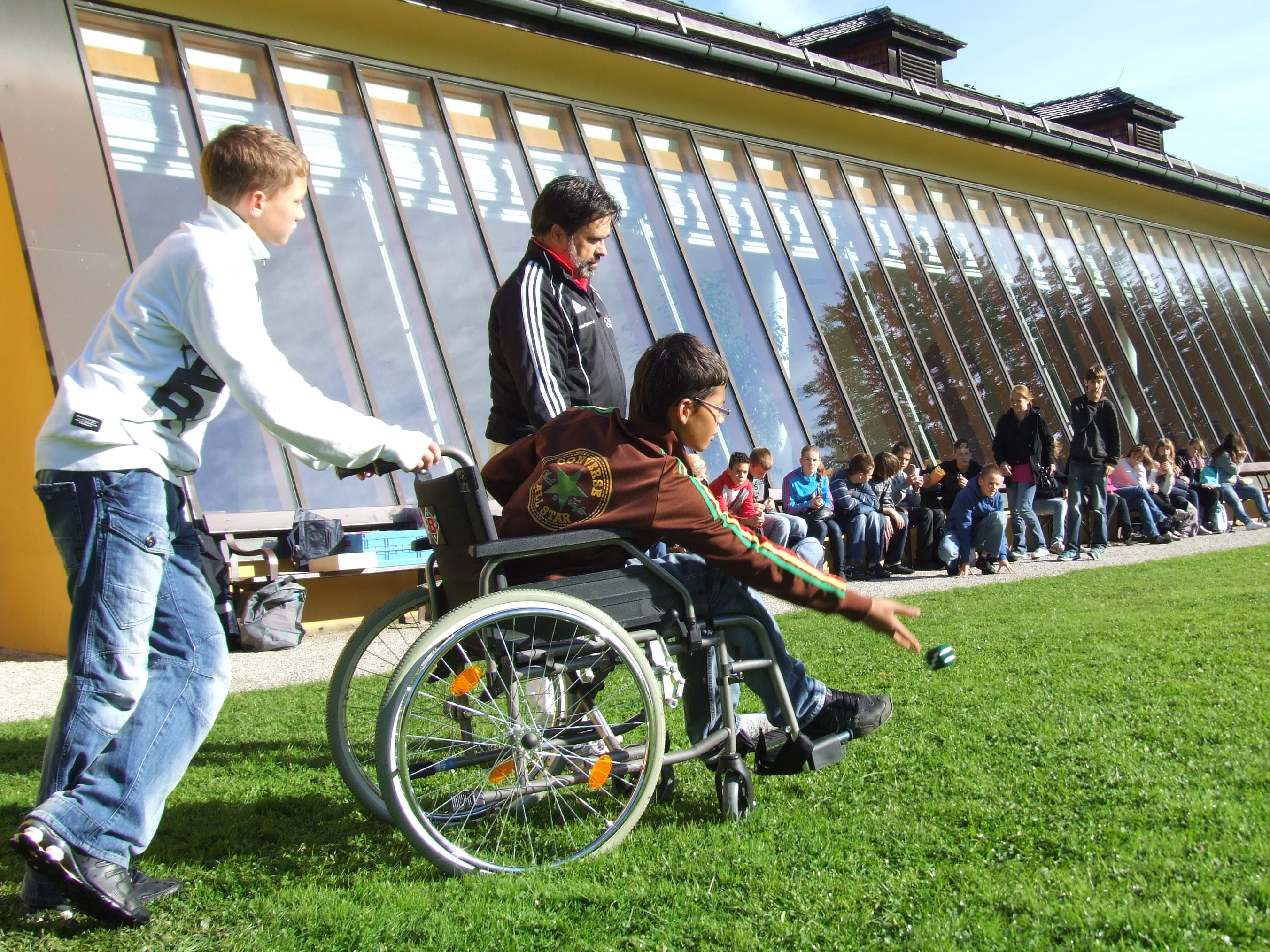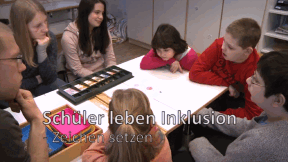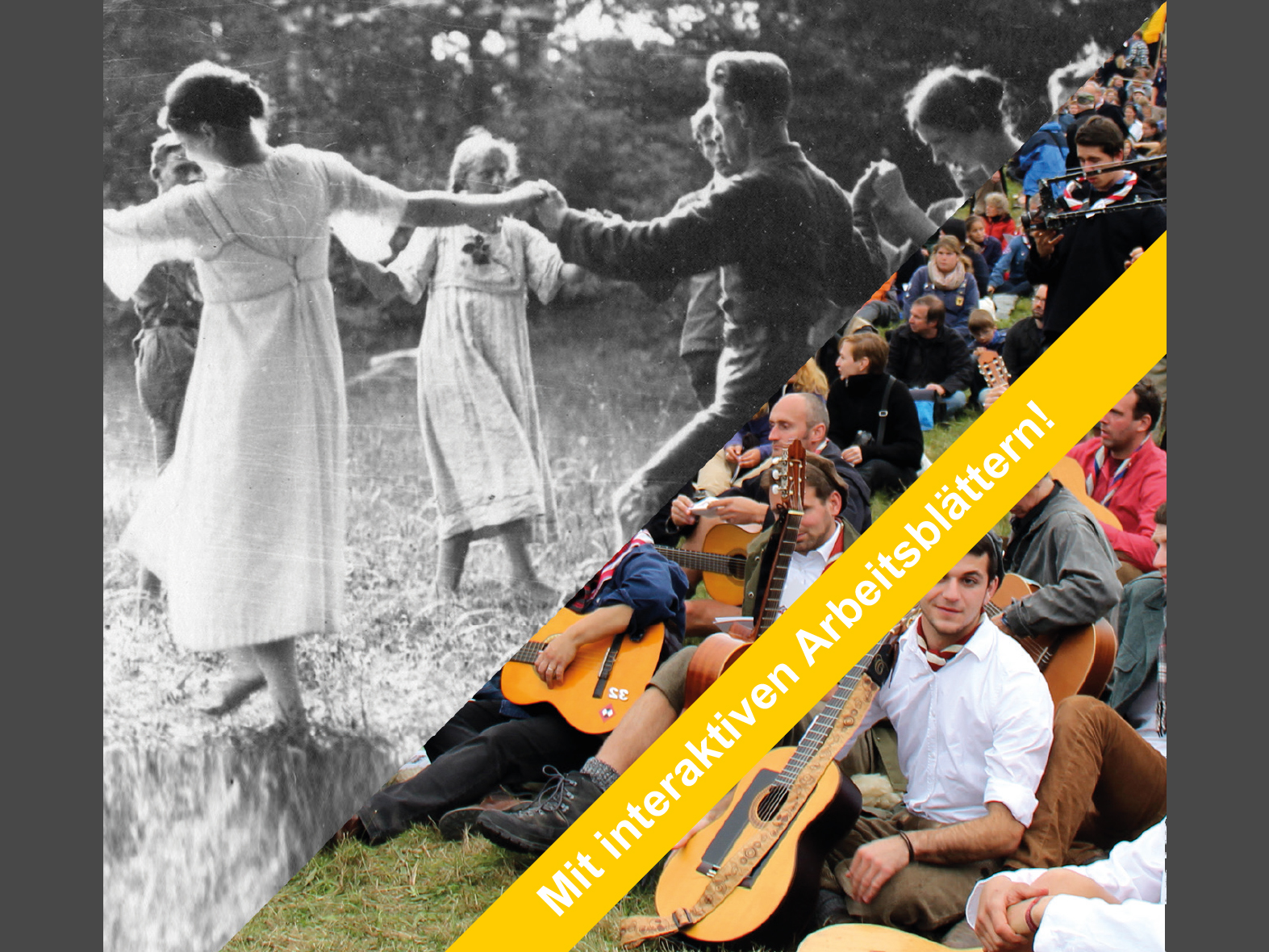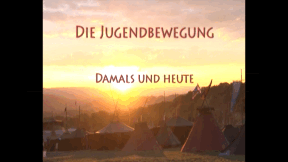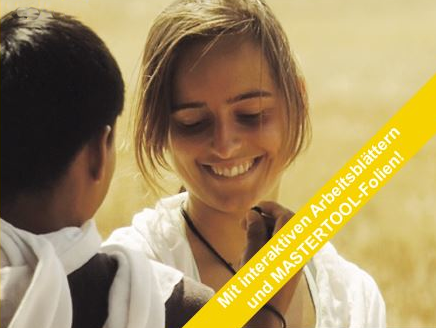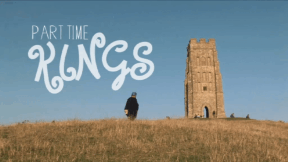 Physics
Physics
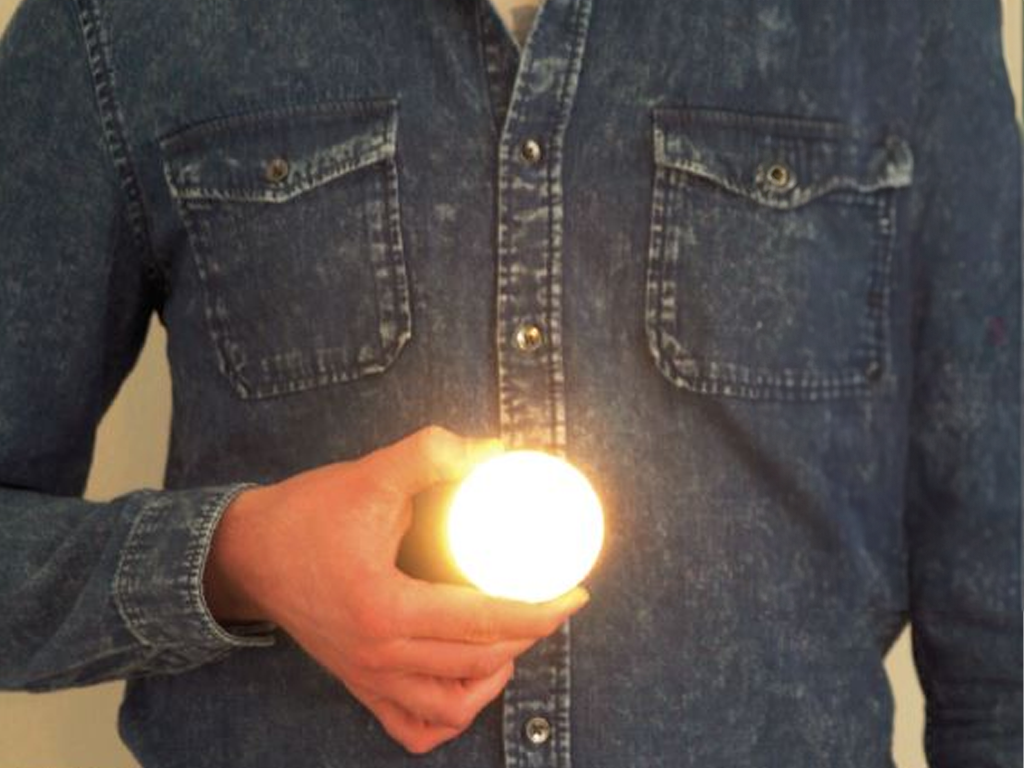
4669654 / 5560324
Light
Properties and Experiments
“At night all cats are black.” – all of you will probably know this figure of speech. Light is involved or rather a situation where little light is available.
In order to be able to see well we need not only keen eyes but above all light. Although our eyes adapt to dark surroundings, we hardly see any colours anymore and perceive only the silhouette of the cat or any other object.
Light is the visible part of electromagnetic radiation and consists of tiny mass particles. The so-called photons move at extremely high speed and carry an immense amount of energy. We cannot touch it but feel and observe its effects.
Light is a precondition for us to be able to take photos, watch a film or view something under a microscope. A lot of fascinating natural phenomena – for instance a bright blue summer sky or a rainbow – are based on light.
Without light, life could not have evolved on earth. Light is energy – the chlorophyll of plant cells or solar panels can convert it into other forms of energy. Today we know what light energy is, what effects it produces and how it can be used.

Curriculum-centred and oriented towards educational standards
Matching
Pupils Practise Inclusion
When people come together, no matter under what concomitant circumstances – ultimately, it is about how these people meet and how openly they interact with one another.
Youth Movement
Dancing until your feet hurt: Here, at the meeting on the Hoher Meissner near Kassel, 3,500 participants from Boy Scout associations, youth and Wandervogel groups from all over the German-speaking region have gathered. They want to celebrate, simply get to know each other and commemorate a historic anniversary.




